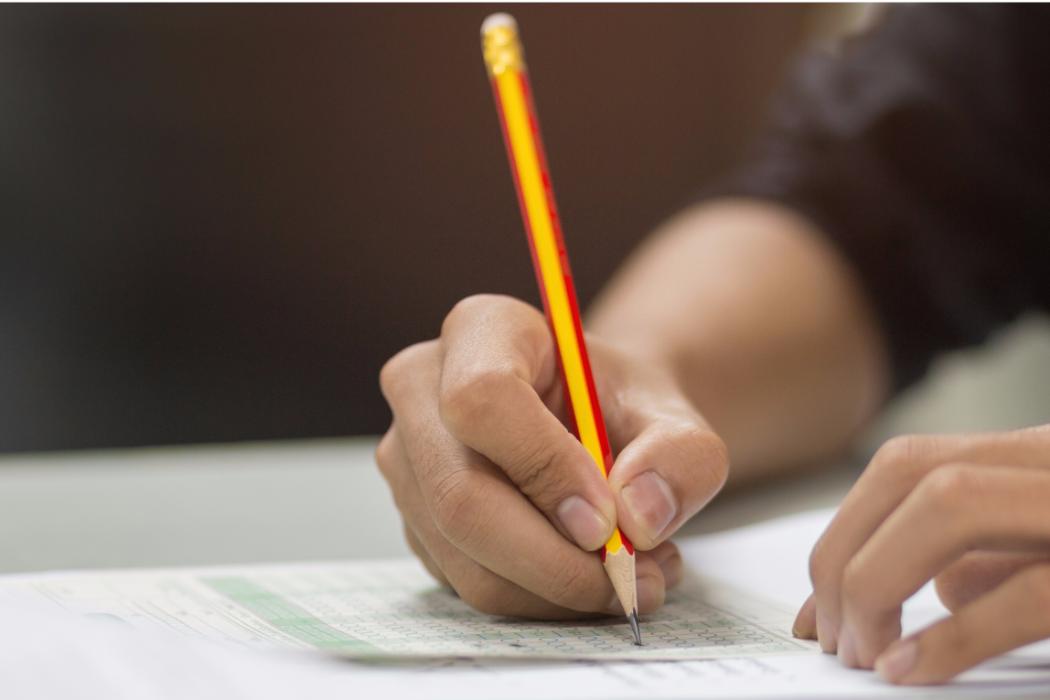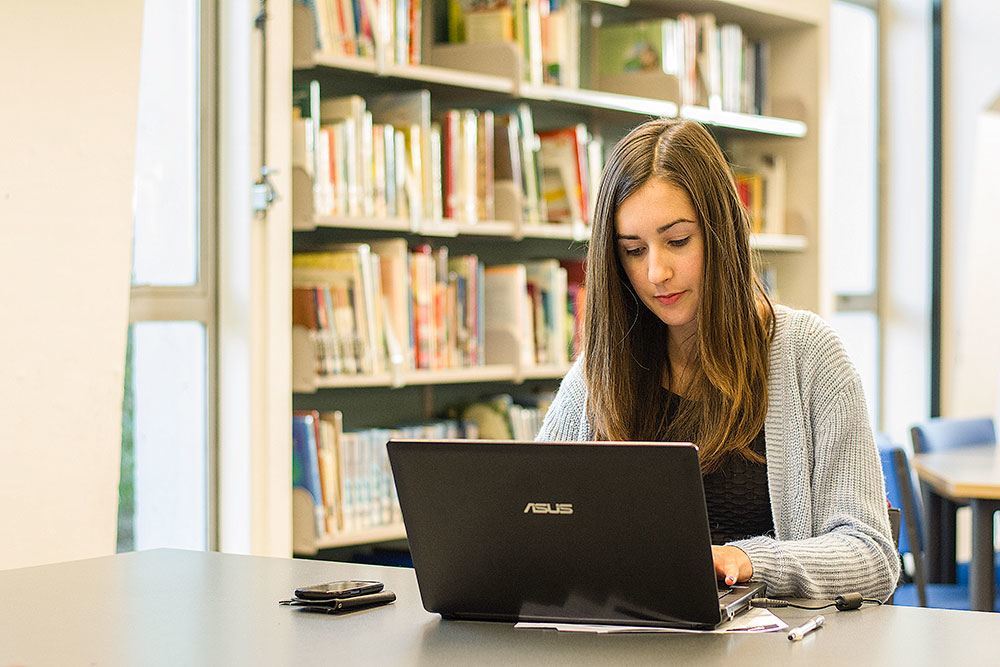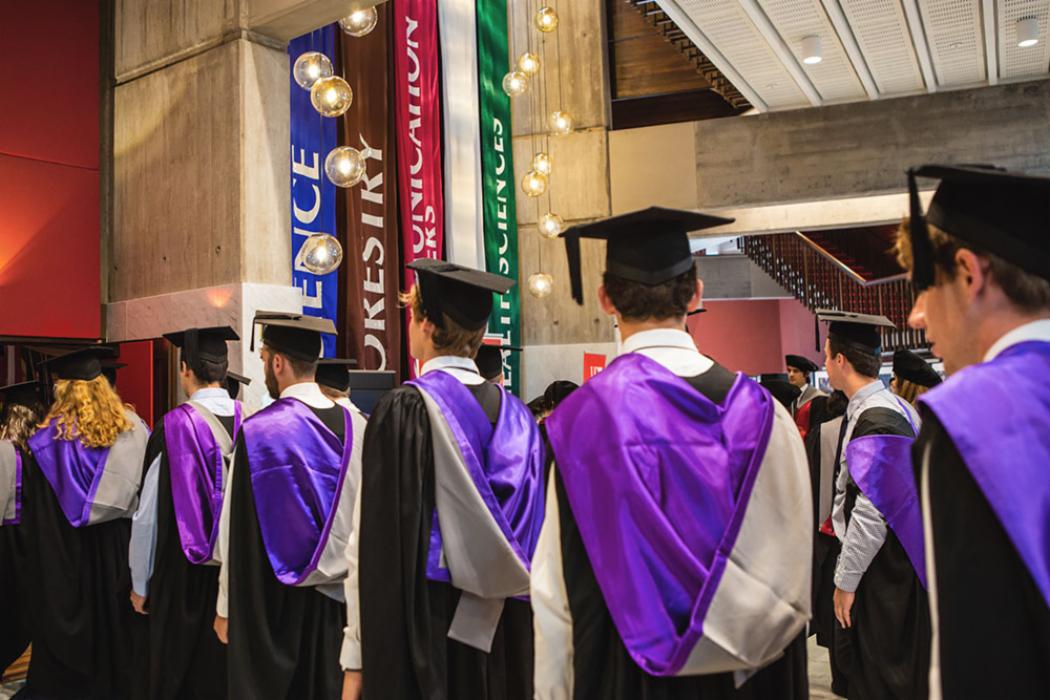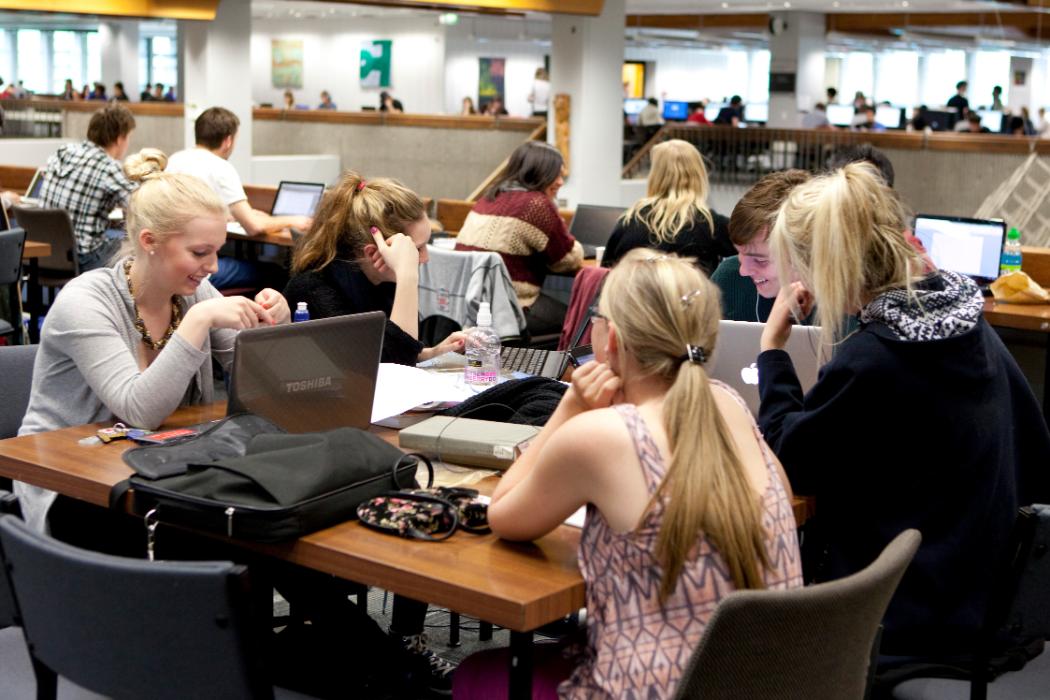-
Graduation
University graduation ceremonies are part of a tradition that dates back to when the first universities were established in Europe in the 12th century. Today graduation is a special, momentous occasion for our graduates and their families. Find out everything you need to know about graduation at UC.

-
Graduation
University graduation ceremonies are part of a tradition that dates back to when the first universities were established in Europe in the 12th century. Today graduation is a special, momentous occasion for our graduates and their families. Find out everything you need to know about graduation at UC.

-

Graduation
-
Exams
At UC there are exams in the middle and at the end of each year. Make sure you check the dates and times for your exams carefully. Excluding circumstances outside your control, you are expected to take your exams at the dates and times specified. Here is what you need to know about examinations at UC.

-
Exams
At UC there are exams in the middle and at the end of each year. Make sure you check the dates and times for your exams carefully. Excluding circumstances outside your control, you are expected to take your exams at the dates and times specified. Here is what you need to know about examinations at UC.

-

Exams
-
Special Consideration
Unforeseen circumstances can get in the way of your studies. UC has a range of special consideration options for eligible students. Find out about special consideration for assessment, late discontinuation, teaching qualifications, reviewing or appealing a decision, and providing supporting evidence.

-
Special Consideration
Unforeseen circumstances can get in the way of your studies. UC has a range of special consideration options for eligible students. Find out about special consideration for assessment, late discontinuation, teaching qualifications, reviewing or appealing a decision, and providing supporting evidence.

-

Special Consideration
-
Transcripts and official letters
You can get an official academic transcript or letter to confirm details of your qualifications from UC. You might need this for an employment agency or prospective employers. Find out about transcripts and official letters from UC.

-
Transcripts and official letters
You can get an official academic transcript or letter to confirm details of your qualifications from UC. You might need this for an employment agency or prospective employers. Find out about transcripts and official letters from UC.

-

Transcripts and official letters
-
Grading scale
UC's Grading Scale applies to all our preparatory, undergraduate, graduate, and postgraduate courses. Learn about our grading scale and how to calculate a grade point average.

-
Grading scale
UC's Grading Scale applies to all our preparatory, undergraduate, graduate, and postgraduate courses. Learn about our grading scale and how to calculate a grade point average.

-

Grading scale
-
Academic Progress Reviews
All our students are expected to make satisfactory academic progress during each enrolment period. At the end of each semester, the records of students who have failed to make satisfactory progress will be reviewed by their Faculty. Students found to have made unsatisfactory progress will be offered support. Check out Academic Progress Reviews.
-
Academic Progress Reviews
All our students are expected to make satisfactory academic progress during each enrolment period. At the end of each semester, the records of students who have failed to make satisfactory progress will be reviewed by their Faculty. Students found to have made unsatisfactory progress will be offered support. Check out Academic Progress Reviews.
-
Academic Progress Reviews
-
Extension of Services
An extension of access to some services is provided to all enrolled students after the official course finish date. Find out about Extension of Services at UC.
-
Extension of Services
An extension of access to some services is provided to all enrolled students after the official course finish date. Find out about Extension of Services at UC.
-
Extension of Services
-
Human ethics
Any research or teaching activity in which people are subjected to experimental procedures, observation, questioning, or are otherwise used as a source of information or data requires ethical review and approval - unless excluded by the scope and exemptions in the Human Ethics Committee (HREC) Policy. Learn about ethics approval for research at UC.

-
Human ethics
Any research or teaching activity in which people are subjected to experimental procedures, observation, questioning, or are otherwise used as a source of information or data requires ethical review and approval - unless excluded by the scope and exemptions in the Human Ethics Committee (HREC) Policy. Learn about ethics approval for research at UC.

-

Human ethics
-
Animal ethics
The Animal Ethics Committee (AEC) reviews all proposals conducted inside or outside UC. We review research proposals from all our faculties and research units. Learn more about animal ethics at UC.
-
Animal ethics
The Animal Ethics Committee (AEC) reviews all proposals conducted inside or outside UC. We review research proposals from all our faculties and research units. Learn more about animal ethics at UC.
-
Animal ethics
-
Graduate Profile
While you study at UC we encourage you to expand your mind and attitude. To support this we've created the Graduate Profile framework. It enables each Faculty, academic area, and subject area to tailor the attributes for particular co- and extra-curricular activities. Learn more about the Graduate Profile.

-
Graduate Profile
While you study at UC we encourage you to expand your mind and attitude. To support this we've created the Graduate Profile framework. It enables each Faculty, academic area, and subject area to tailor the attributes for particular co- and extra-curricular activities. Learn more about the Graduate Profile.

-

Graduate Profile
Menu
Study
Ako
Life
Te Ao o UC
Privacy Preferences
By clicking "Accept All Cookies", you agree to the storing of cookies on your device to enhance site navigation, analyse site usage, and assist in our marketing efforts.
General enquiries
0800 827 748 (within NZ)
+64 3 369 3999
Emergency contact details
Ext: 92111 (from a campus landline)
Direct dial: 0800 823 637
University of Canterbury | A Fair Trade University

